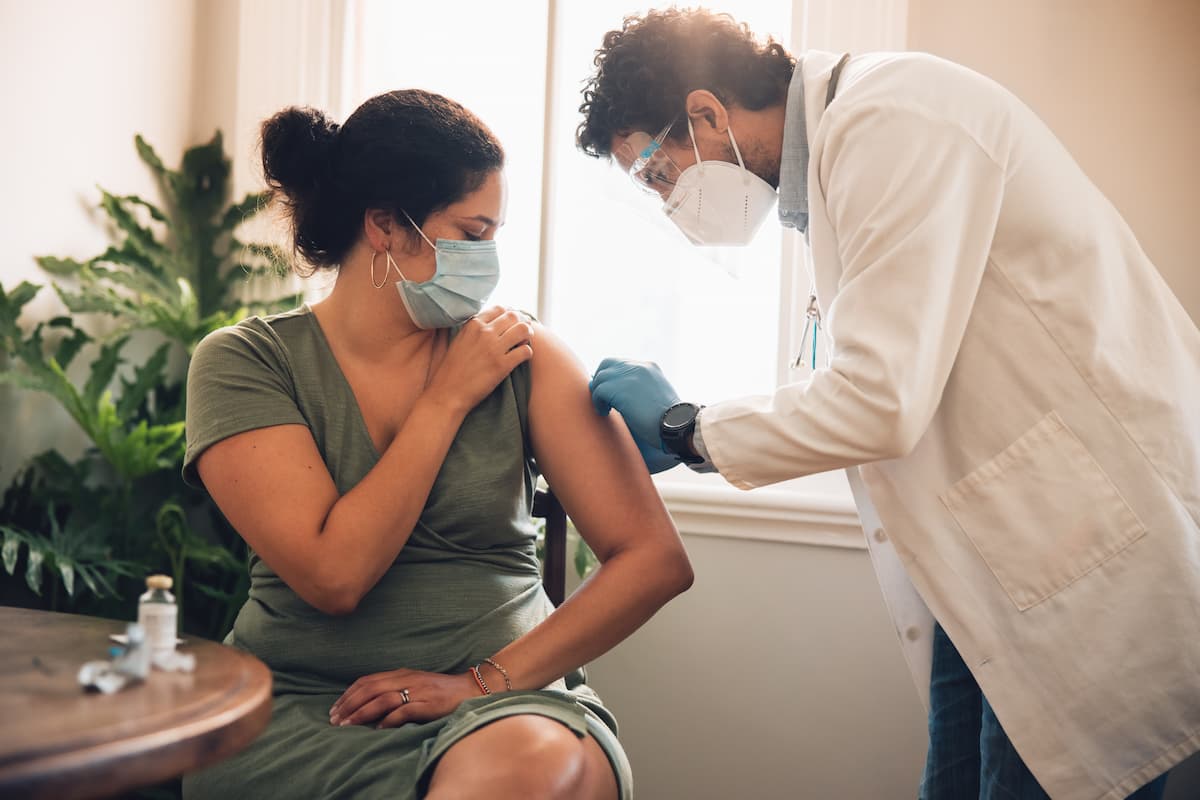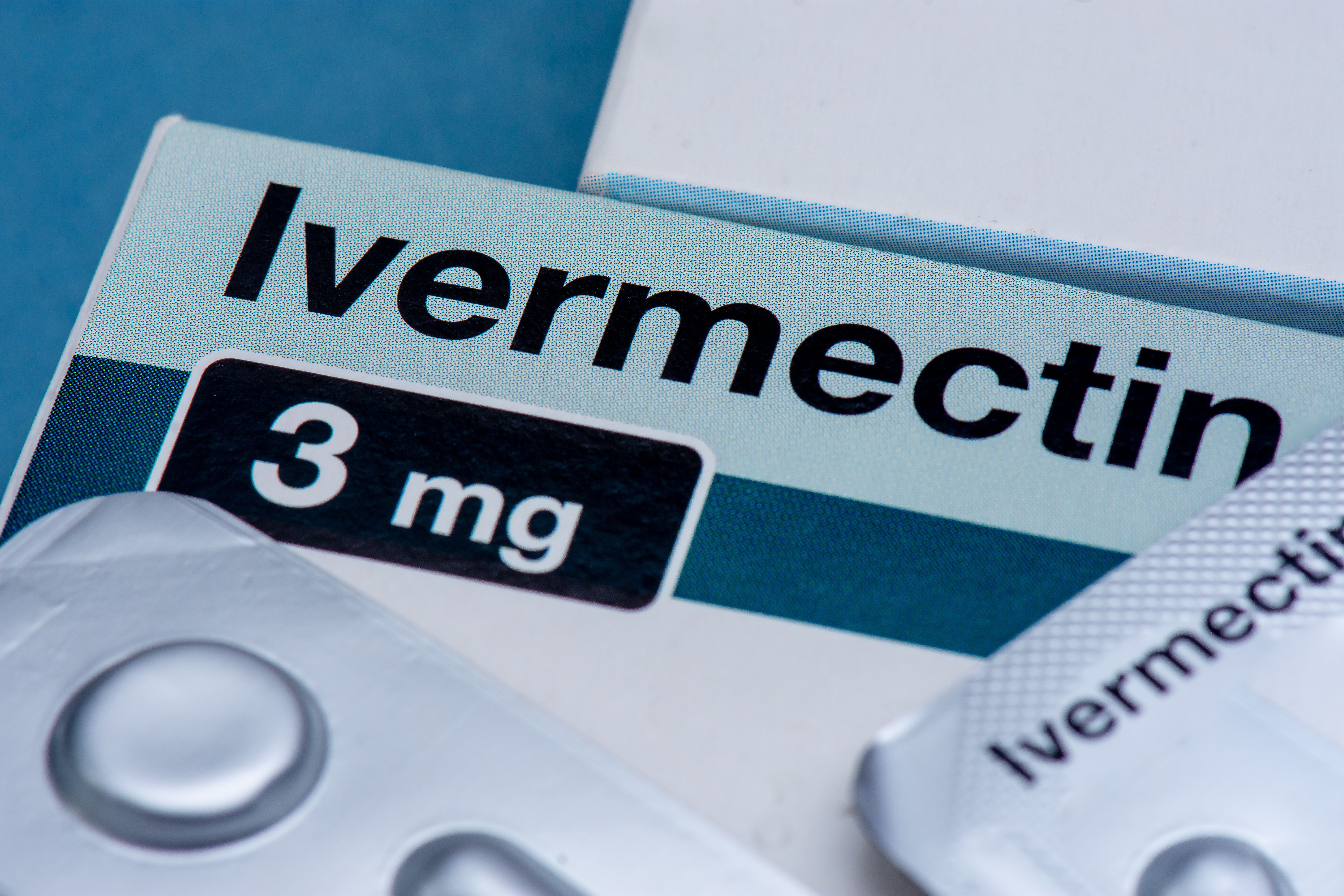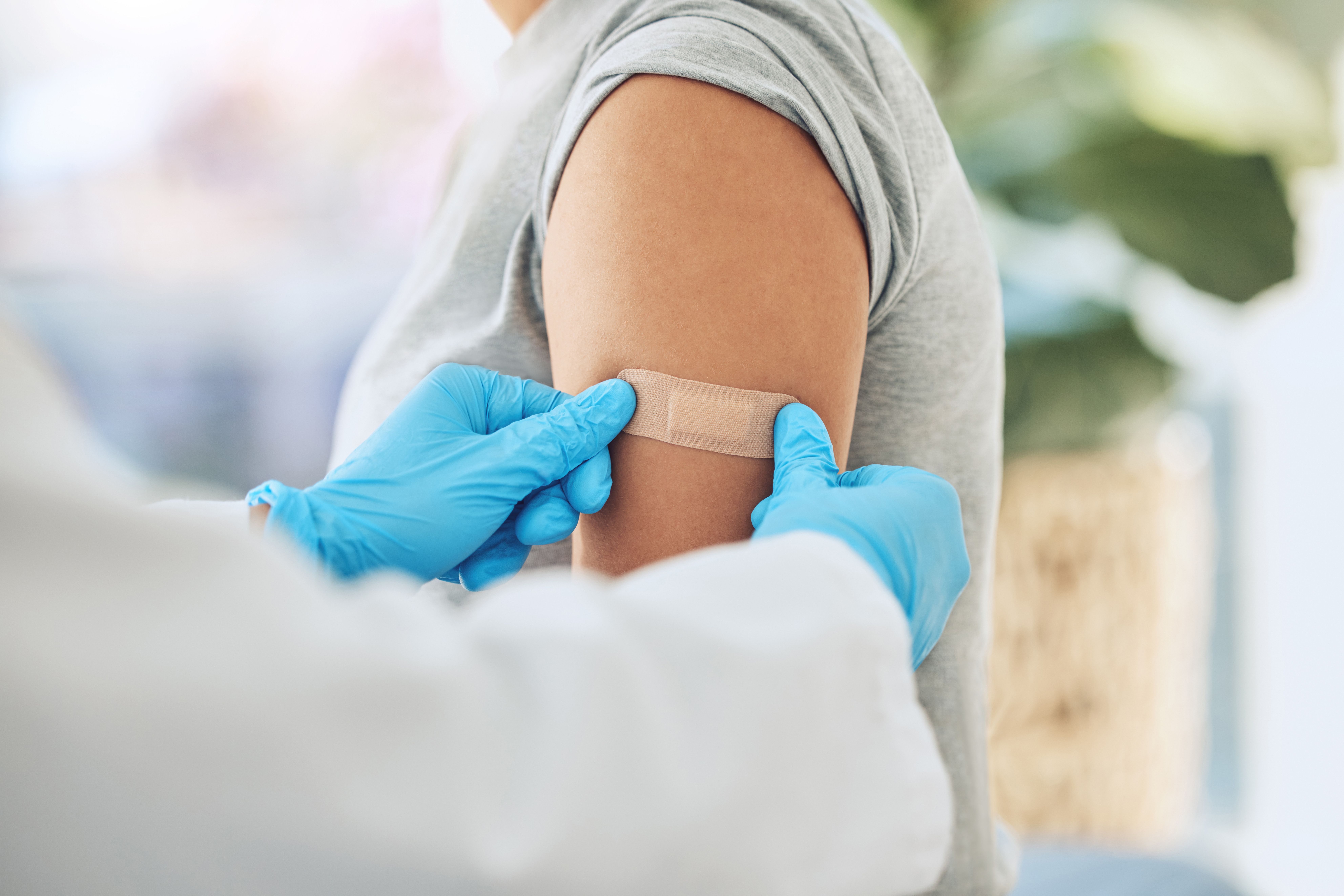Video
Addressing COVID-19 in Rural, Community Pharmacies
Our chief pharmacy editor, Troy Trygstad, PharmD, MBA, PhD, discusses various challenges and opportunities for pharmacists in rural areas during the COVID-19 pandemic.
Aislinn Antrim: Hi, this is Aislinn Antrim from Pharmacy Times. One of our top stories on the site right now is about how rural pharmacies are adapting their outreach services during the pandemic, including mobile clinics and expanded telehealth services. So today, I’m interviewing our chief pharmacy editor, Troy Trygstad, about COVID-19 and those rural pharmacies and community pharmacies, and how they’re responding. So Dr. Trygstad, what concerns overall are you hearing from community and rural pharmacists?
Troy Trygstad, PharmD, MBA, PhD: Yeah, well thanks for having me. I think it’s been pretty consistent, even going back into late February and March, which is workforce protection and patient protection, and the supply chain. Not just with PPE and drug supply, but other types of supplies as well—OTC products, etc. And then the third one is starting as the wave starts to get across the country as far as peak system stress, is what do I do with a patient that can’t access somebody at the health department or at the primary care office or at the ED? There’s a lot of trusted relationships out there, and these pharmacies are starting to get calls now, when capacity starts to shrink up, about what their patients should do. And there’s some ambiguity about that out there as well, obviously.
Aislinn Antrim: Definitely. Have you seen the role of these pharmacists changing as the pandemic continues? Especially in rural communities, where they’re a main health provider.
Troy Trygstad, PharmD, MBA, PhD: Yes and no. I think the larger role of the community pharmacy and the pharmacists, particularly in rural areas, is much the same at a high level, but it’s how it’s being deployed with COVID and coronavirus, and what it is that they’re interacting about. I think a lot of the pharmacies and pharmacists have been pillars of their communities as far as being calm and collected. It’s very easy to watch a lot of the news, a lot of the social media that’s going on with a lot of people staying at home more and probably having the TV on more often, to develop anxieties about how they’re interpreting information and what information is being conveyed to them. And when you enter a time of crisis and there’s a lot of noise out there, what you tend to do is go back to the relationships you already have and those trusted voices that are already there. And that calm and collected source of trusted information is something that they’re playing a really important role with. And it’s not for everybody, but there’s certainly aspects and segments of the community where that’s been really important, particularly in rural areas. Being a voice of evidence, being a voice of recommendations in some counterveiling messaging that’s going on. I think also getting out ahead of the spike has been really important. So when you grow up in a medical model, in a medicine model, in a biological model in your training, you’re used to reading literature, you’re much more attuned to epidemiology, and some of the literature that was out there pre-social media buzz or pre-cable news buzz. And so these preparations for how are we going to get out ahead of this with delivery, how are going to get out ahead of this with 90-day supplies, etc. etc. And even for patients that we haven’t done an appointment-based model, starting to get them on an appointment-based model if they are at-risk or elderly, has been something that I think has been really important. And when we look at this in the rearview mirror, I think we’re going to be able to look at a lot of what these community-based pharmacies were doing and say “Wow, they were really out ahead of a lot of things and ahead of the curve in preparing for this.” Anecdotally, what I’ve heard out there is a couple weeks ago to last week it was super busy—still busy [now], but super busy [then]. And then it trailed off a little bit for those patients that have all sorts of conditions, not just the COVID response, but all sorts of conditions. And the pharmacies have been preparing like a lot of the hospitals have with how am I getting a lot of throughput that’s non-COVID, non-coronavirus, through my pharmacy, through the system, so that when the pinch happens, that I’m able to respond and I’m not getting regular flows of care processes coming at me when I’ve got the COVID corona response coming at me. And then I think what’s still a little undetermined is sort of the telemed, telepharm, tele-encounter stuff. Part of that has to do with our long ongoing struggle with provider status, and what is our role, what is the proper documentation, can it be billed for, etc. So there’s still a lot of informal, using these existing systems—phone, a lot of phone communicating with patients and other care team members. And so I would say we’re not there at all as far as maturity when it comes to that front, but we’ll probably have a lot of lessons learned going forward in time about what a system should look like.
Aislinn Antrim: Definitely. What have you been hearing about PPE shortages in these rural areas and what actions are being taken for it?
Troy Trygstad, PharmD, MBA, PhD: A lot, right? So pharmacies use some of the same supply chain wholesalers, mechanisms as health systems do, as clinics do. It’s a lot of the same companies, same procedures and mechanisms. And so they’re subject to the same constrains as what you’re hearing in the popular news media. For pharmacies, what’s been a little more challenging is how they’re thought of by the rest of the system. Are they thought of more as retail protections? Or are they thought of more as health care provider protections? And you know, pharmacy’s always been in that middle world where is it an N95 mask that the pharmacists should be wearing, or is it a cloth homemade mask? Or something that more what you might find in the first aid section in the pharmacy? A lot of that is ambiguous because of not only the supply chain issues but also the classification of a community pharmacy and what a community pharmacist is. Obviously, we think we’re essential health care providers and definitely on the front lines, but that doesn’t necessarily mean in policy that that might be how we’re viewed in a guideline that comes out. So I think, you know, if you’re a pharmacy out there just do the best you can. If you have access to an N95 mask that could be very important, particularly if you’re at risk yourself with chronic illness or predisposing conditions, or you’re more aged, etc, etc. But at the same time, that doesn’t mean you hoard them or that’s the official policy that’s coming out. I do think we’ve gotten to a point in time where people feel comfortable saying, “You know what, come up with whatever mask you can.” And it’s important to know and educate that the principle reason for doing that is to help the person on the other side of you not contract it. So, while there’s still a lot of ambiguity and uncertainty about how a mask may help you if you’re not an N95 or above type protection, at least you can help prevent you infecting somebody else if you have it and maybe you don’t know it. And we obviously know a lot about [being] asymptomatic. So pharmacy staff, including delivery drivers, etc, etc, are some of the highest exposed front line folks. I think assuming if you’re a health care provider that you’re a high risk for being a carrier is important, and it probably makes a lot of sense for those of us that are out there in practice to be wearing some kind of mask, regardless of how we can access it, even if that means a bandana or something homemade.
Aislinn Antrim: With many people under stay-at-home orders and self-quarantine, have you seen any solutions being implemented by pharmacists for patients in these rural areas or community pharmacies—those patients that still need care and medications.
Troy Trygstad, PharmD, MBA, PhD: Sure, well, I’ll answer that as soon as I recognize a public service announcement. You’ll notice I just rubbed my nose. We touch our faces so often, particularly during allergy season, and I’m in North Carolina so we’ve got about ¾ of an inch of tree pollen on the ground right now. Just wash, wash, wash your hands, right? So you have a sink in the pharmacy, doing that every hour, cleaning, washing with hand soap. Even when I’m in my own home here, we don’t know where we’re at with packages, we don’t know where we’re at with things, so constantly thinking and being vigilant about touching your face and washing your hands is really important, so every time you interview someone you make sure and call them out on that.
When it comes to sort of novel solutions, it’s taking what I’m already doing as a health care provider in a community, and really forming that to the need that’s now. A lot of the community-based pharmacies are out there, aside from the immunizations, the OTC, sort of acute processes that are now really important and essential services in a pharmacy. So much of it is this chronic disease management. And it may be 1 or 2 chronic meds that you’re now suggesting delivery on, or it may be that you’re suggesting an appointment-based model. “Hey, I’m going to schedule with you next week, I may be sending these to you in the mail next week, and we’re going to get you on a schedule.” Whereas you wouldn’t have necessarily considered that before. You might have a patient that’s high literacy, say, essential hypertension. Well now you’re considering, for these patients, we really should be suggesting it. When I’m having that regular interaction with them, I’m counseling on, “Hey, if you’ve got kids that are young,” you know, multi-family sort of situations, they might be off to spring break, etc, etc, it’s probably not a good idea if you’re 67 with 2 chronic conditions—diabetes and hypertension–that you are around them.
Aislinn Antrim: Are you predicting more or less risk of infection? Are people staying home more or less? Are you seeing different behaviors in those groups?
Troy Trygstad, PharmD, MBA, PhD: Right, so I’ll repeat back the question in case the audience didn’t hear it, and that is in rural areas, are there particular concerns, particular considerations, particular ways of practicing that we should be paying attention to, different from urban areas. You know, there is more space between people in rural areas. I grew up in a small town of 4200 people in northern Iowa, and I think playing the role of communicating—here’s what’s coming, here’s what to be prepared for. Even if you’re asymptomatic, even if it hasn’t hit us yet, it’s just really, really important in these rural areas as a trusted source of information. I’d say one of the biggest worries that a lot of pharmacies have out there, is if we do get to this point of system capacity and my parents call the local pharmacy that they’re using up there, and they say “Hey, Dad’s got a cough here, he’s got diabetes, etc, etc, what do we do?” And what do you do? And the best solutions we’ve come up with so far is the CDC self-checker. So that’s not the pharmacies having to make those judgments about triage, it’s facilitating an algorithm that’s being put together by an authority on the matter. But absent that, I think there’s probably going to be a lot of tough conversations and tough calls going on out there over the next about 4 weeks.
Newsletter
Stay informed on drug updates, treatment guidelines, and pharmacy practice trends—subscribe to Pharmacy Times for weekly clinical insights.

FDA Grants Full Approval to mRNA-1273 COVID-19 Vaccine in Children At Increased Risk




